“Every year is a great year for film.” That’s a quote—or maybe just a paraphrase—from my friend Bilge Ebiri, the esteemed film critic for Vulture, that comes to mind quite often during listing season, when some writers and cinephiles start thinking about the larger picture and how one year compares with all the others. I think Bilge is right about that: We might quibble, for example, over the relative strength of a Cannes competition line-up or the Hollywood’s slate of awards fodder, but when you’re talking about all the films from around the world that have premiered in a given year, greatness is inevitable.
And yet… 2022 pushed it for me a little. There was, of course, an array of fine work spread out over 12 months, and I’m proud to stand behind the 15 films on this list and dozens more that missed the cut. Yet I have to confess that my #1 film of 2022 would have landed somewhere around #7 or #8 had it come out last year, when Ryusuke Hamaguchi posted two near-masterpieces in Drive My Car and Wheel of Fortune and Fantasy, Ashgar Farhadi returned with his best film since A Separation, and Nic Cage searched for his beloved truffle pig through Portland’s fine dining underground.
Nevertheless, 2022 was a great year for film, just as Bilge would say. Directors reflected profoundly on the formative troubles of their childhood, Todd Field justified 16 years of anticipation for his third feature, and we even got the best imaginable return of Irwin M. Fletcher. Read on…
15. Hit the Road (dir. Panah Panahi)
The apple did not fall far from the tree in the case of Panah Panahi, son of the great Iranian director Jafar Panahi, who submitted another fine work this year with No Bears. For the past decade, the elder Panahi’s conflict with the Iranian government—he is currently serving a six-year prison sentence, triggered by his enquiring about two other imprisoned filmmakers—has led to a new and fruitful period where he’s made personal films under imposing restrictions, starting with 2011’s This is Not a Film. With his debut feature, Panah has an advantage suggested by the title, following a family of four (and a very sick dog) as they blaze across the Iranian countryside toward the border. Their destination is troubling—and, in the Panahi way, politically charged—but there’s immense surprise, humanity, beauty, and fun in the journey.
14. Happening (dir. Audrey Diwan)
A drama about a college student seeking an abortion in 1963 France may have no intended resonance in the year Roe v. Wade was overturned in America, but along with films like Never Rarely Sometimes Always, Vera Drake, and 4 Months, 3 Weeks and 2 Days, it’s proof that the consequences of abortion restrictions are universal. For Anne (Anamaria Vartolomei), a promising literature student of limited means, terminating her pregnancy involves placing trust in strangers who haven’t earned it or even taking matters into her own hands. Diwan handles her dilemma with a matter-of-fact candor that’s disturbing without tipping into exploitation.
13. Both Sides of the Blade (dir. Claire Denis)
Though Denis’ busy year included her worst film by far, the misbegotten English-language romantic thriller Stars At Noon, Both Sides of the Blade found her comfortably within her wheelhouse, working a love triangle with three of her favorite actors: Juliette Binoche, Vincent Lindon, and Gregoire Colin. Yet Denis’ elliptical style is curbed here in favor of a more grounded, robust, and insightful drama about a married couple whose middle-aged bliss is disrupted by a third party from their past. She doesn’t see adultery as anything as simple as betrayal, but a complicated dilemma that all three characters must confront—with a conclusion as surprising and iconoclastic as you’d expect.
12. Armageddon Time (dir. James Gray)
The trend of the year—present here and in two other films, The Fabelmans and Aftersun, further up the list—were memory pieces in which filmmakers look back at painful moments from their childhood and understand them much differently now that they’re grown up. Set on cusp of the Reagan ‘80s, Armageddon Time suggests a nostalgia piece like Radio Days, looking back with affection and humor on the bustling cacophony of a middle-class Jewish family in Queens. But it eventually turns its focus to the relationship between Gray’s young surrogate, Paul (Banks Repeta), a middle-school doodler and screw-up, and his bond with another troublemaker who’s Black and from a much less stable home life. Paul gets a lesson in white privilege that’s haunting and honest. Not since Noah Baumbach’s The Squid and the Whale has a personal coming-of-age film been so unflattering to its maker.
11. Kimi (dir. Steven Soderbergh)
Since making Bubble for Magnolia Pictures in 2005, Soderbergh has been dabbling in digital experiments, taking modest budgets from sources like Bleeker Street (Unsane), Netflix (High Flying Bird), and HBO (Let Them All Talk) for projects that haven’t always felt fully invested. His HBO Max movie Kimi has the same lightness-of-touch, but it’s also exceptionally deft, making a modern The Conversation out of an agoraphobe (Zoë Kravitz) confronting the abuses of an Alexa-like tech device. Among its many virtues, Kimi proved that the pandemic could be worked into a contemporary thriller with nothing lost—it will stand, at a minimum, as one of the few cinematic markers of the times.
10. Confess, Fletch (dir. Greg Mottola)
Today’s risk-averse movie business is all about reviving bankable pieces of I.P.—like, say, a Chevy Chase wiseacre comedy from the mid-’80s. So what happens when Mottola absolutely nails the assignment? The studio quietly shuffles the film into the digital hinterlands. Confess, Fletch deserves a long shelf life as exactly the sort of channel-flipping gem Mottola has designed it to be, a breezy and quotable noir comedy with Jon Hamm playing Fletch like Elliott Gould played Marlowe in The Long Goodbye and constellation of other stars (Kyle MacLachlan, Marcia Gay Harden, Roy Wood Jr., and John Slattery among them) turning in ace supporting turns around him. There were better films in 2022, but none more fun and re-watchable.
9. Decision to Leave (dir. Park Chan-wook)
The Park Chan-wook who made his reputation as the operatic shit-stirrer behind Sympathy For Mr. Vengeance and Oldboy hasn’t gone away entirely, but in recent years, there’s an elegance and sophistication to his work that goes beyond provocation and into the murkier areas of human desire. Decision to Leave is his riff on Vertigo, charting the relationship between a detective and a beautiful, mysterious young woman who may or may not be responsible for her husband’s death. Park hasn’t lost his yen for byzantine plotting, but the film is more about atmosphere and ambiguity than thriller gamesmanship. Even the event suggested by the title is up for debate.
8. Benediction (dir. Terence Davies)
From his witty and heartbreaking memoirs about growing up gay in Liverpool to fictions like The Deep Blue Sea and his Emily Dickinson biopic A Quiet Passion, Davies has made loneliness and stifled desire the prevailing themes of his work, along with a certain rebellious spirit. His typically impeccable Benediction continues with another story of isolated genius, following Siegfried Sassoon (Jack Lowden), the British poet who won the Military Cross for his service in World War I, but turned his antipathy towards the war into controversial political art. His isolation from society is doubled by his romantic interest in other men, which turns into a journey of another kind. Davies knows the feeling of turning pain into art.
7. EO (dir. Jerzy Skolimowski)
You have absolutely no idea where EO is going. Even though there are road maps here—chiefly Au Hazard Balthazar, but perhaps also a film like Dumbo—the episodic journey of a donkey from Poland to Italy roils with the uncertainty of many animals unfortunate enough to mingle with humankind. Eo is treated with tenderness and cruelty, visits circuses and pastures and Italian villas, and has little control over where life is taking him, though Skolimowski gleans whatever insight he can read from the donkey’s sensitive eyes. Every stop feels like a short film unto itself, but Skolimowski makes a cohesive and beautiful plea for treating animals with dignity without needing to get too explicit about it.
6. All the Beauty and the Bloodshed (dir. Laura Poitras)
A documentary worthy of its towering subject, All the Beauty and the Bloodshed would be exciting enough as a window into the major art and activist movements in New York City over the last half-century, where photographer Nan Goldin was not merely a Zelig-like presence, but a driving force. We see her in the mid-‘70s gay idyll of Provincetown with John Waters, in demonstrations with the radical protestors of ACT UP, and curating an AIDS exhibit so controversial that it was denounced on the Senate floor. But Poitras gains more power still from Goldin’s personal fight against the Sacklers, who slapped their name on museum exhibits worldwide as a cover for their role in producing Oxycontin and stoking the opioid epidemic. They’re playing on her turf now.
5. After Yang (dir. Kogonada)
For a glass-half-full atheist like myself, After Yang was something of a religious experience, an affirmation of the importance and preciousness of life on Earth, even if it ends as abruptly as a hardware malfunction. As a father (Colin Farrell) tries to fix the unfixable companion robot that’s crapped out on his daughter, he gains some insight into its component parts—parts that, of course, make up our own memories and souls, too. Kogonada directs with the same compositional precision that defined his first feature, Columbus, but the pristine images don’t smother the intensity of its feelings about race, identity, memory, parenthood, and our shared humanity.
4. The Fabelmans (dir. Steven Spielberg)
Now is the time for celluloid-lovers to feel nostalgic about cinema’s analog heyday, as analyzed in our recent conversation series on “Love Letters to the Movies,” inspired by Babylon, Empire of Light, and this semi-autobiographical coming-of-age piece. And Spielberg certainly glories in the majesty of seeing The Greatest Show on Earth in a packed theater, the ins-and-outs of 8mm cameras and portable editing bays, and hand-crafted special effects. Yet The Fabelmans is also about how movies can reveal (and obscure) truths, and serve to enhance your understanding of the world, whether you’re a teenager discovering a parent’s infidelity or a septuagenarian Hollywood maestro coming to a more nuanced conclusion about it.
3. The Banshees of Inisherin (dir. Martin McDonagh)
Reuniting with his actors from In Bruges—so brilliant a Pulp Fiction knockoff that it’s never lumped in with other Pulp Fiction knockoffs—McDonagh pulls off the best of his four features to date, treating the abrupt end of a friendship with the full range of responses the situation inspires. When one friend (Brendan Gleeson) simply decides not to spend time with the other (Colin Farrell) anymore, for fear of wasting any more of his life talking nonsense over pints, it is both tragically and hilariously inexplicable. Gleeson and Farrell can play both ends of that spectrum well, and they get more than able support from Barry Keoghan as the town dullard and Kerry Condon as Farrell’s sister, who casts her eyes to the mainland when it becomes too obvious that the island they occupy is too small for her. McDonagh’s crackling dialogue is the star, as perhaps expected, but the bleak and gorgeous setting gives the perfect context to the drama.
2. Aftersun (dir. Charlotte Wells)
As I wrote above, Aftersun is like The Fabelmans and Armageddon Time in that it’s a memory piece about coming to terms with childhood events from an adult perspective. Yet it’s not traditionally semi-autobiographical like those other two films, and it is not a coming-of-age film, either. Through the story of a young father (Paul Mescal) who takes his 11-year-old daughter (Frankie Corio) to a downscale Turkish resort on holiday, writer-director Charlotte Wells draws attention to the pain the father is masking for his child’s benefit—and the love and joy he’s still eager to eke out of the experience. Wells doesn’t give away the roots of his sadness readily, but even parents leading healthy, stable, happy family lives will recognize the way he tries to put on a good face for her, even as he’s feeling terribly low. No film in 2022 extracted more tears from me than this one. Not even close.
1. TÁR (dir. Todd Fields)
By description, TÁR sounds like Michael Crichton’s reactionary Disclosure for the #MeToo era, proving how even women like the EGOT-winning composer Lydia Tár (Cate Blanchett) can use their power to abuse their subordinates. But it doesn’t play that way at all, even though Tár’s behavior is suitably monstrous and the shape of her downfall by now familiar. Yet there’s nothing in TÁR that ever seems obvious, because Field and Blanchett are so determined to give this character the fullest possible rendering, which evokes a tragic myopia that seems common to great artists who dole out abuse while feeling insulated from consequences. Field locks into her perspective so thoroughly that the manner in which her world unravels winds up surprising the viewer as much as it does her. And the ending is a capper to the film’s thrilling audacity.
Performance of the Year: Cate Blanchett, TÁR
Like Keith yesterday, I feel Blanchett’s performance in TÁR is so self-evidently extraordinary that I need to point out a couple of runners-up. So here’s to you, Mia Goth in Pearl and Mark Rylance in Bones and All: You did a lot of the elevating in this year’s elevated horror films. Okay, back to Blanchett. There have been times when her work has seemed too arch and mannered for my taste—never understood the love for Blue Jasmine, for example, and as much as liked her work as Katharine Hepburn in The Aviator, you can see the strings a bit—but her Tár requires such a profound investment in a brilliant person who’s mastered music and language, but keeps revealing other, more troubling dimensions to her character as the film goes on. She’s as complete a creation as 2022 had to offer.
Scene of the Year: “Bones and all,” Bones and All
I already wrote about this incredible scene when The Guardian asked me for “movie moments,” so you can read about that here. So let me hit you with some honorable mentions: The opening credits of After Yang and the closing credits of White Noise, both serious-minded films buoyed by whimsical dance sequences; Maverick discovering a familiar, now-vintage fighter jet in Top Gun: Maverick; our deranged dreamer finally stepping up for her audition in Pearl; David Lynch as John Ford in The Fabelmans; the “Naatu Naatu” dance in RRR, specifically the bit with the suspenders; the ASMR sequence, creepy yet alluring, in We’re All Going to the World’s Fair.
Reason for Hope: Top Gun: Maverick and Avatar: The Way of Water becoming huge theatrical hits
If you’ve spent enough time on The Reveal, you know that Keith and I are passionate about seeing movies in theaters whenever possible. (We both made certain to see Glass Onion, for example, during its one-week window.) And so any talk of theaters going away puts us on the defensive, because the experience is so foundational to our movie love. The runaway success of Top Gun: Maverick and Avatar: The Way of Water—two expertly crafted blockbusters by filmmakers who did everything they could to make their work seem essential on the big screen—proved that members of the public could peel themselves off the couch and settle back into the multiplexes. Now they’ve made over a billion worldwide, and they deserve it. They’re a good time at the movies. But…
Reason for Despair: Top Gun: Maverick and Avatar: The Way of Water becoming huge theatrical hits
… are these the only types of films that can bring the public out? What about comedies? Dramas? Anything that isn’t surefire IP? Anything with a budget less than the GDP of a small island nation? These are troubling questions for movie theaters, who are struggling to bridge the gap between studio tentpoles, and for Hollywood movies themselves, which haven’t been rewarded for their originality or audacity. If you teach audiences there’s only one kind of feeling they can have in a movie theater—giant spectacles, mashing the same pleasure buttons at all times—then even a Steven Spielberg movie can seem like impenetrable arthouse fare.
Special Effect: The “old” Mia Goth, X
It was an incredible year for Ti West and Mia Goth, who released two out of three films in a horror trilogy, X and Pearl, each about the murderous goings-on at a farmhouse that recalls The Texas Chain Saw Massacre. For her dual role in X, Goth plays Maxine Minx, an aspiring porn star set to make her debut in “The Farmer’s Daughter,” a film its producers plan to shoot surreptitiously in a rural guest house. She also plays Pearl, half of the twisted elderly couple who are renting out the place. Goth’s old-age makeup doesn’t fully erase the distinction between the two women and the actress playing them—and that’s entirely by design.
Most Annoying Discourse: The ongoing Everything Everywhere All at Once wars
Is there a place for simply liking Everything Everywhere All at Once with mild reservations? Not online there isn’t! One of the irritating side effects of the year’s biggest arthouse smash is that it turned appreciators into fans and detractors into “haters,” flattening the discourse into the sort of bitter tribalism that’s more common to mainstream debates like the DC-Marvel wars. Critics have been pilloried for not including it on Top 10 lists and the film’s success has prompted a backlash of equal force. It’s a familiar internet phenomenon—and congrats, I suppose, to the film for finding an audience large enough to draw out the worst of social media. You made it!
Most Anticipated Film of 2023: Beau is Afraid
I already anticipated Killers of the Flower Moon last year, so I can’t do it again or else it might never come out. (In retrospect, maybe I should have made Bardo my most anticipated film of 2022.) So instead I’ll pour my hopes into Beau is Afraid, the new film by Ari Aster, who followed Hereditary, one of the scariest films I’ve seen in many years, with Midsommar, a Wicker Man-esque horror film of surprising wit and sophistication. Beau is Afraid is described as “surrealist comedy horror,” which suggests Aster is continuing the same vein, and it stars Joaquin Phoenix as an anxious, fatherless man who returns home after his overbearing mother dies and faces supernatural threats. The rest of the cast is a wild ride, too, with Nathan Lane and Patti LuPone getting second-billing, and favorites like Amy Ryan, Parker Posey, and Richard Kind in support. It’s taken only two films for Aster to seem like a major director in the making. Here’s hoping the third confirms it.




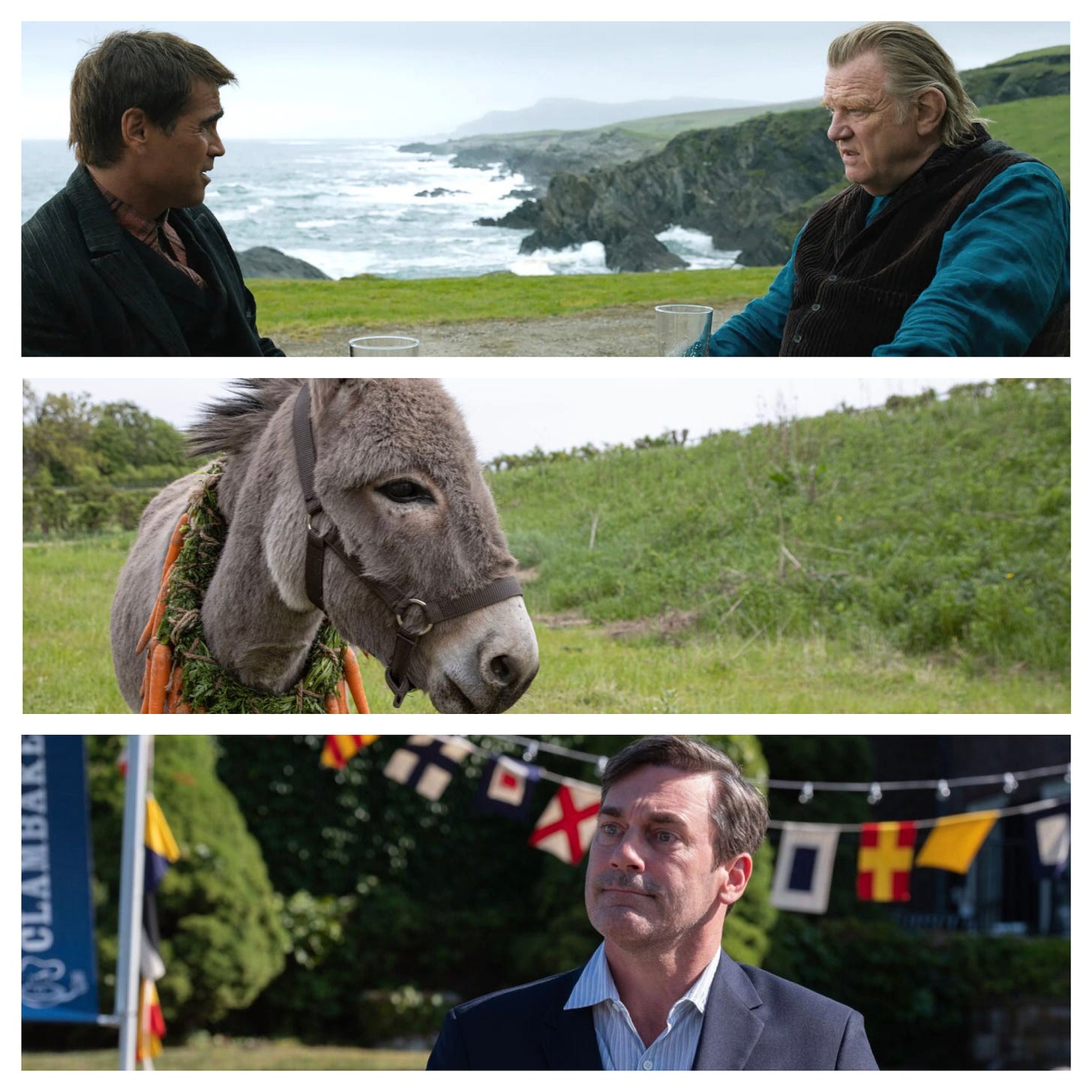
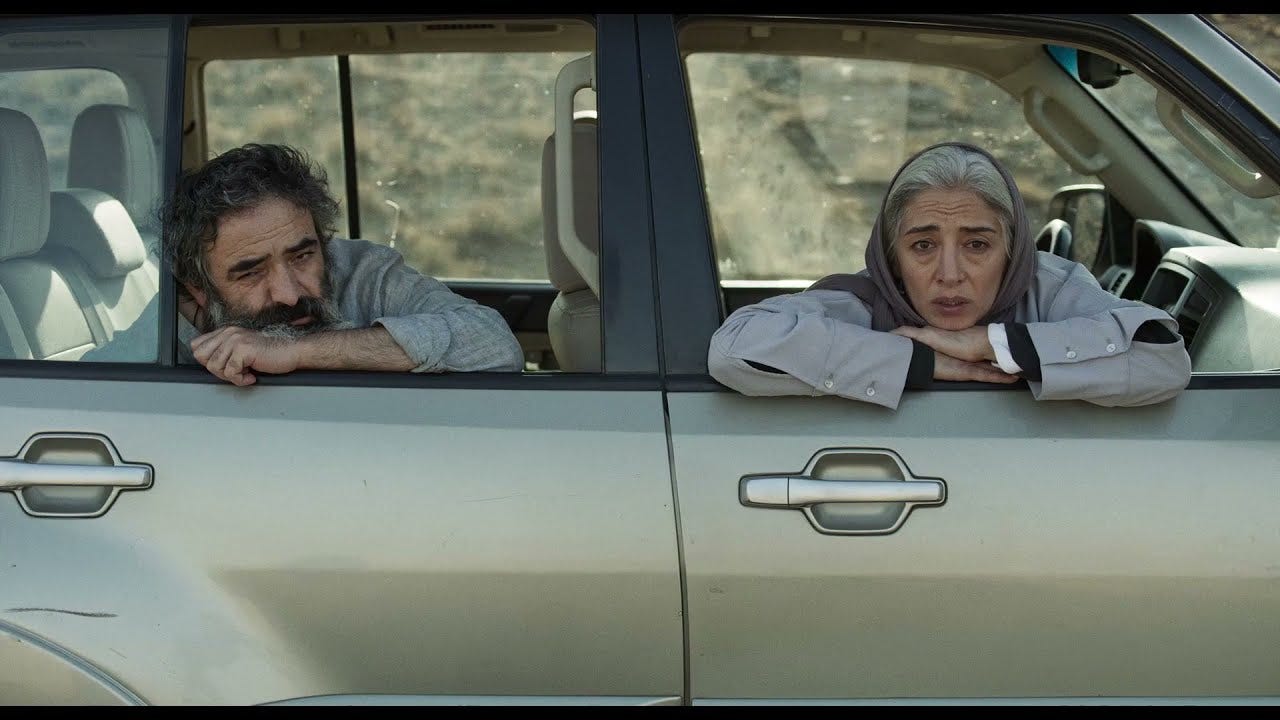
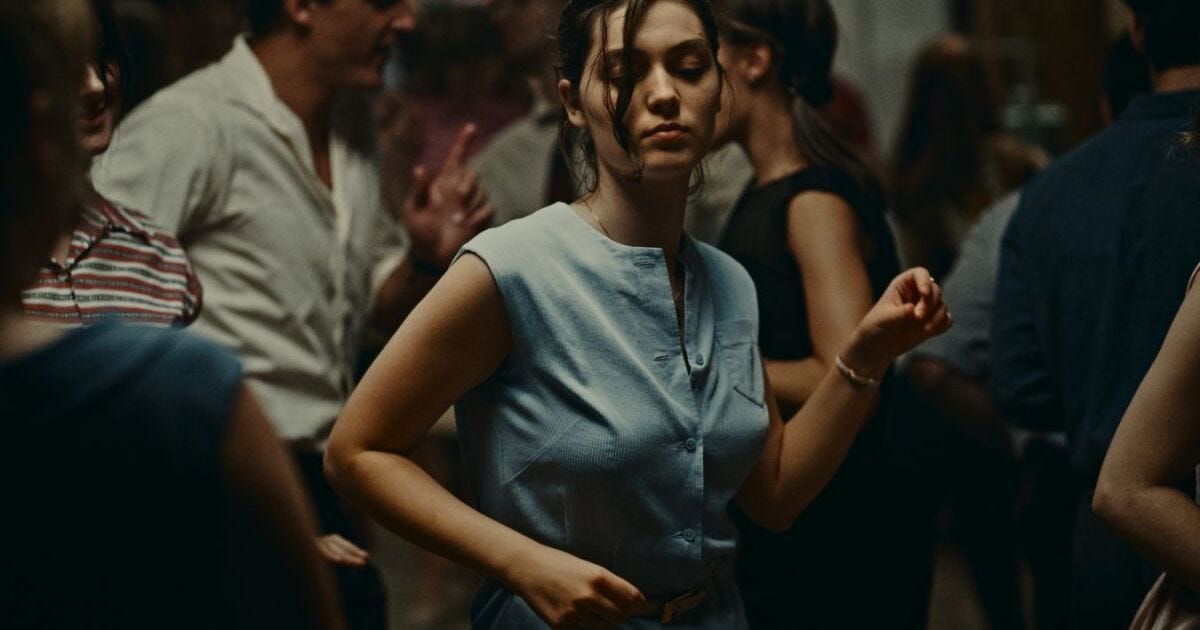
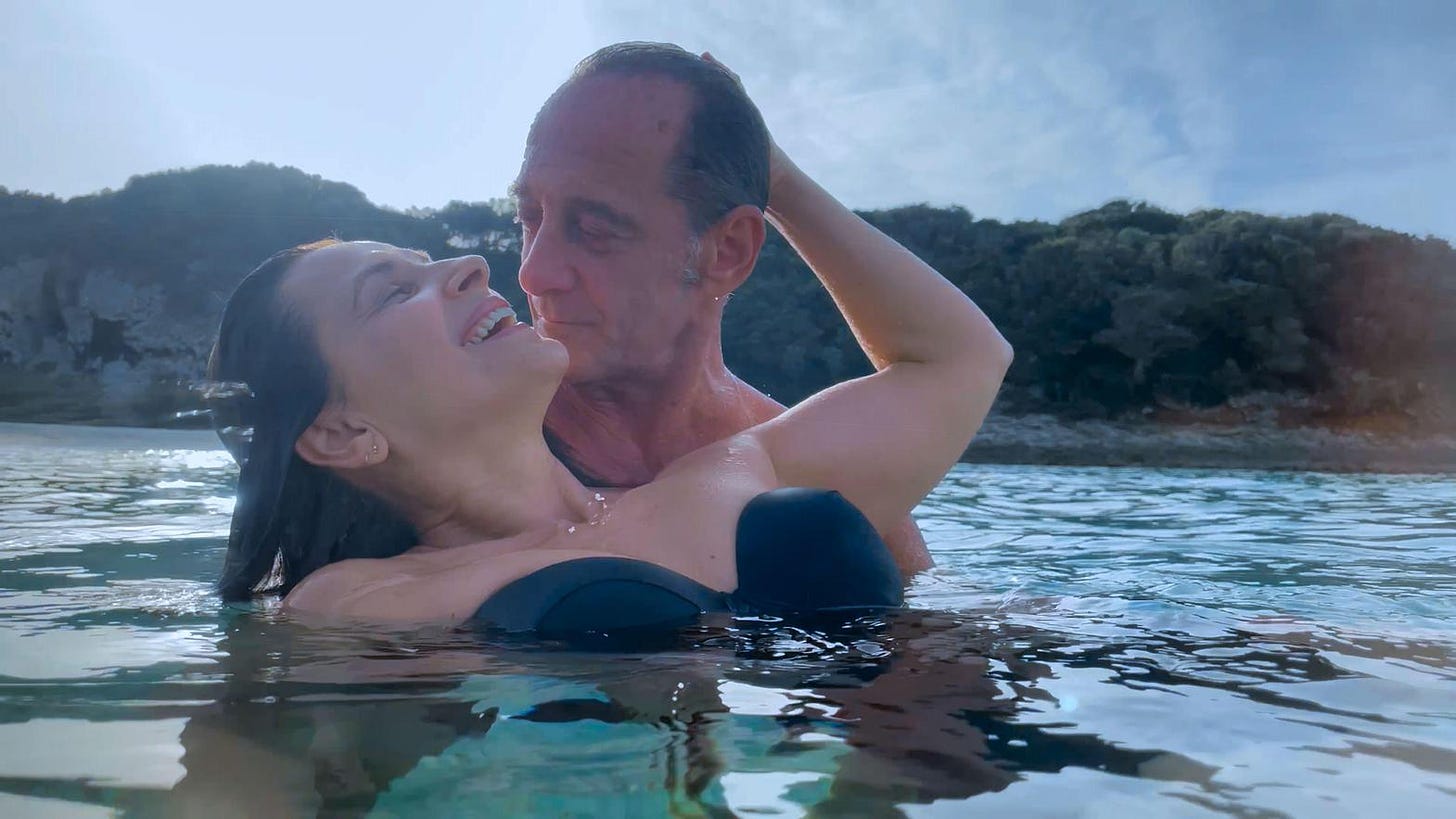
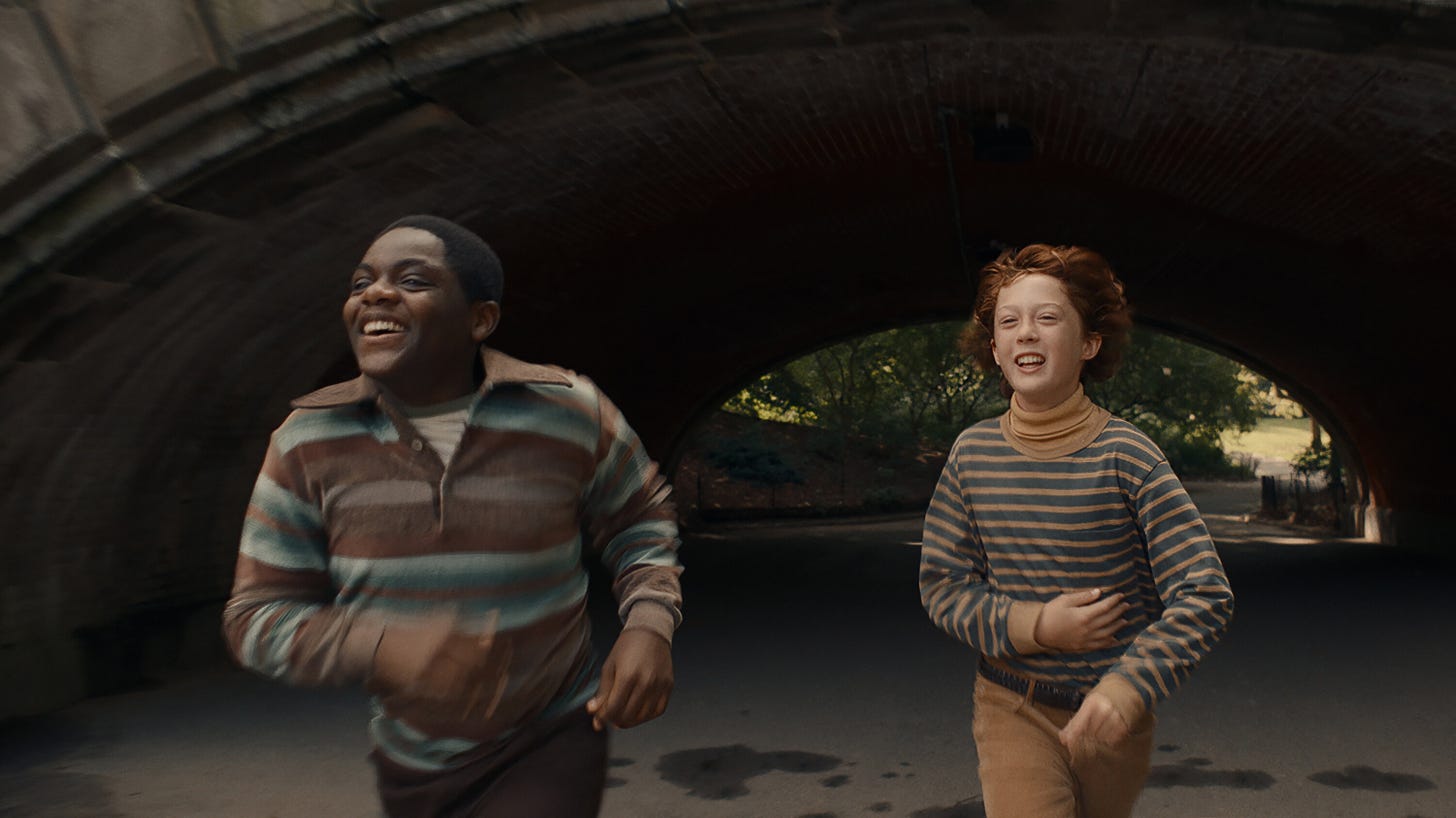
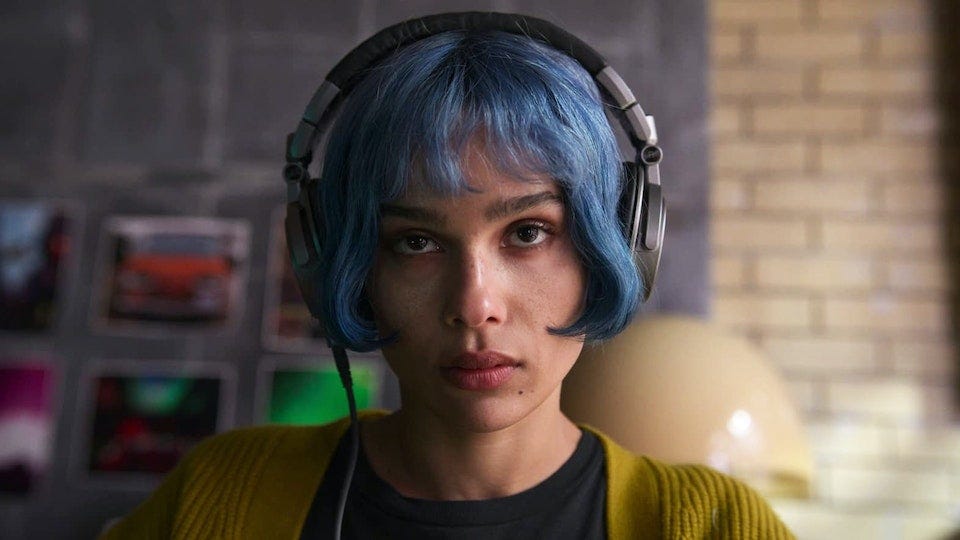
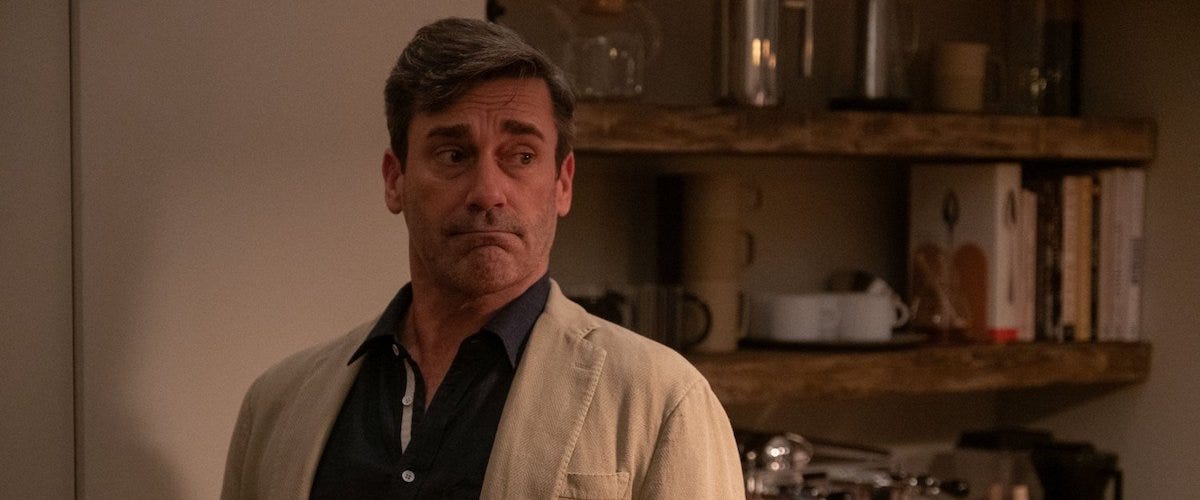
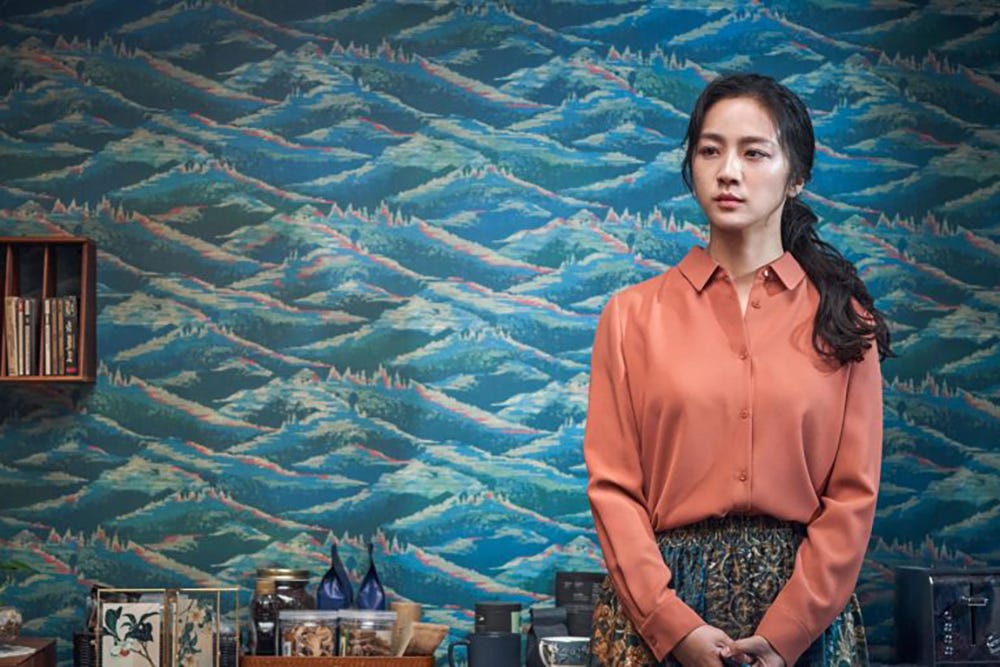
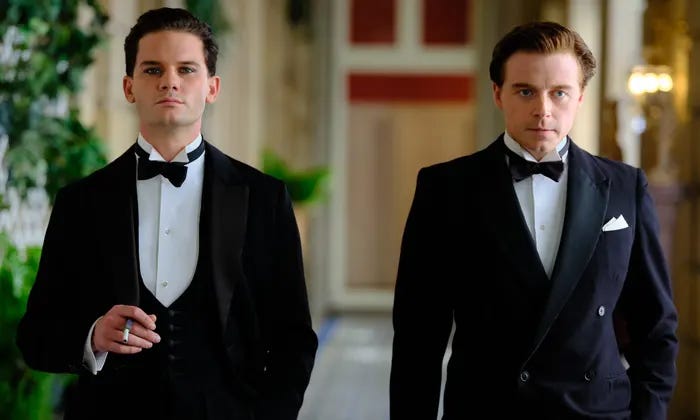
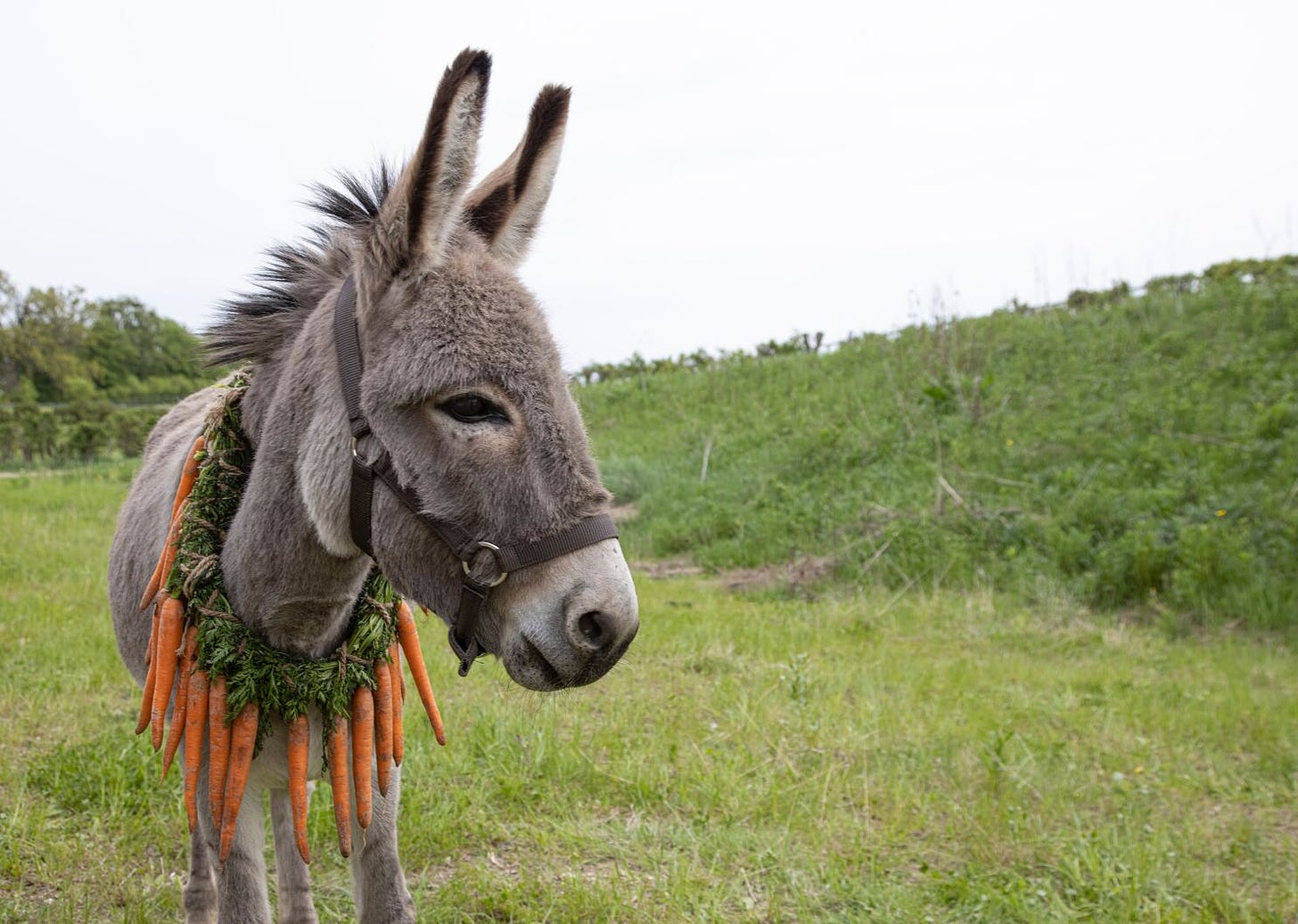
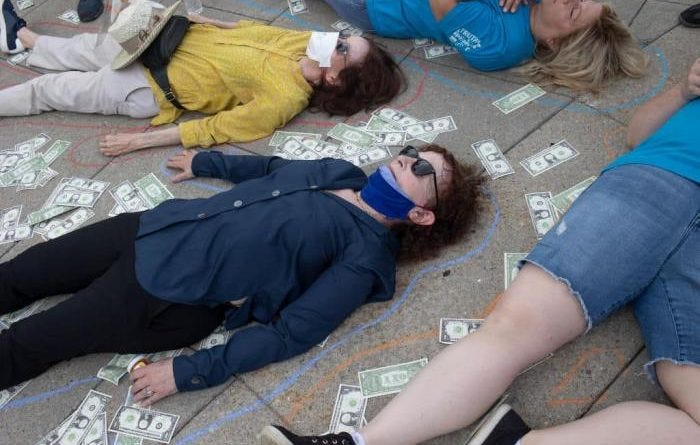
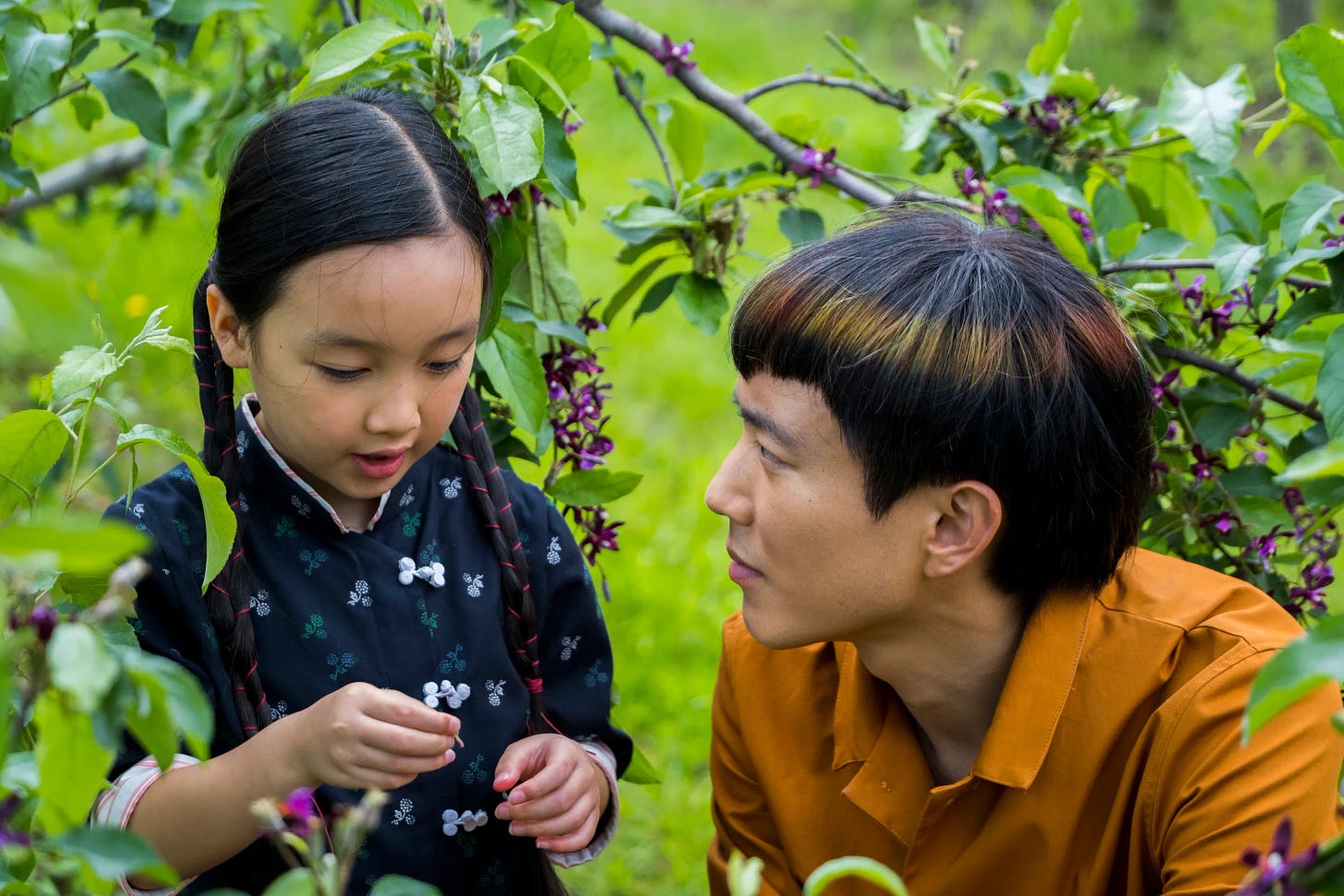
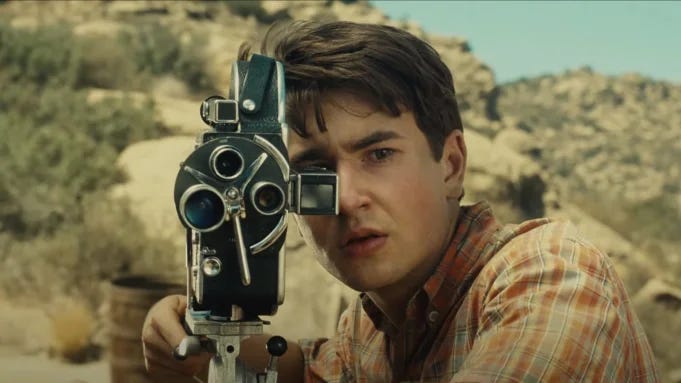
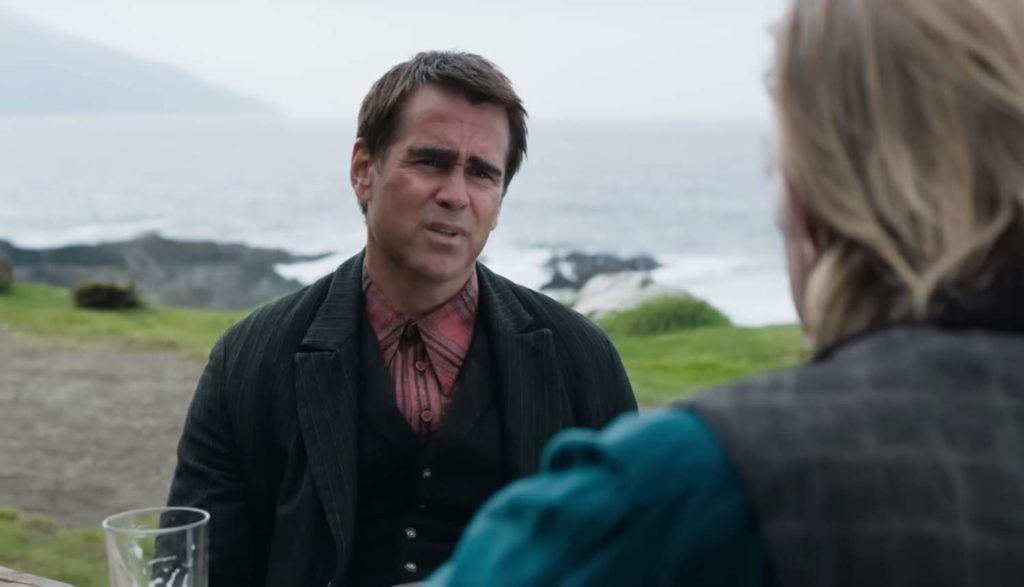
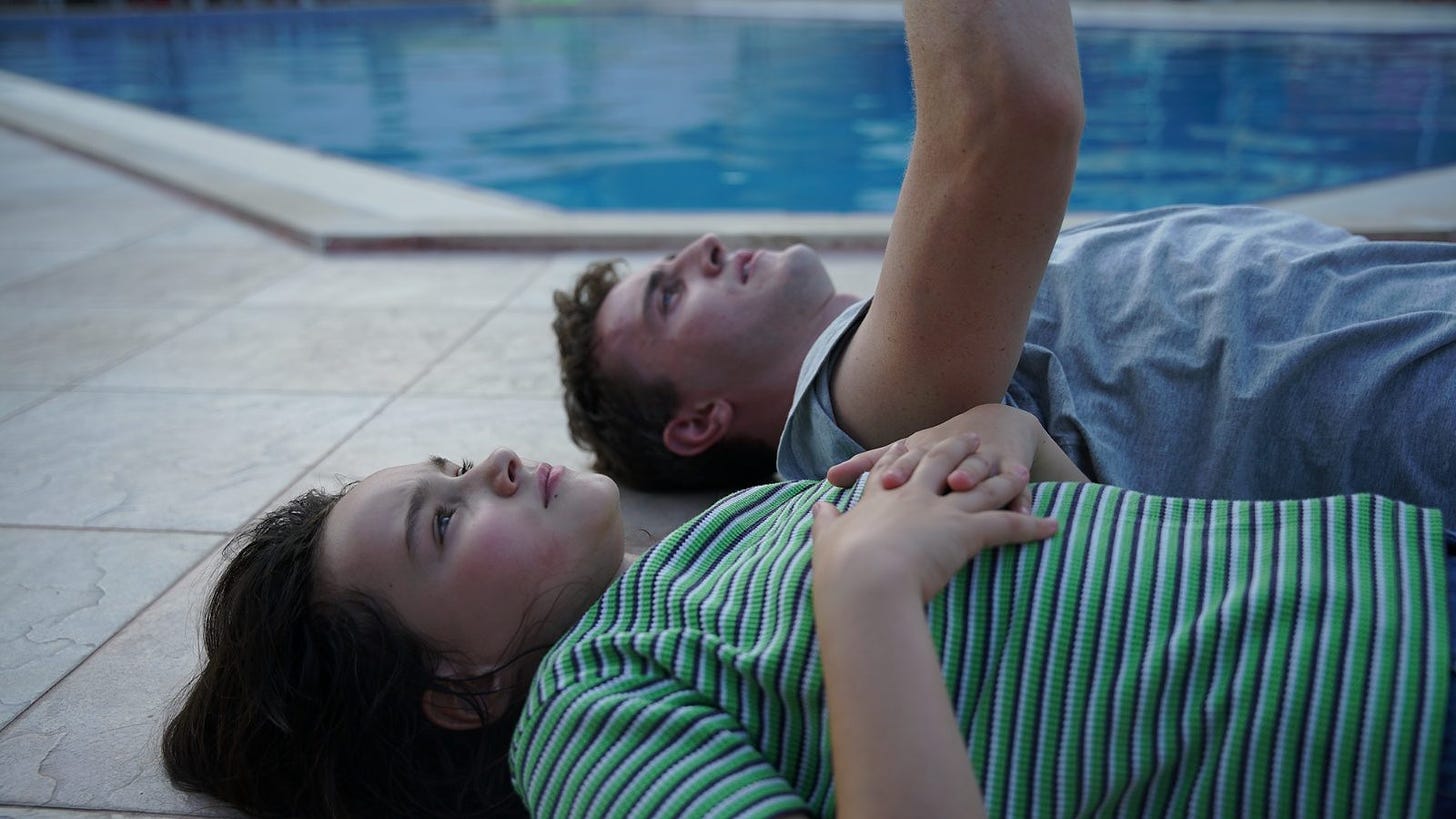
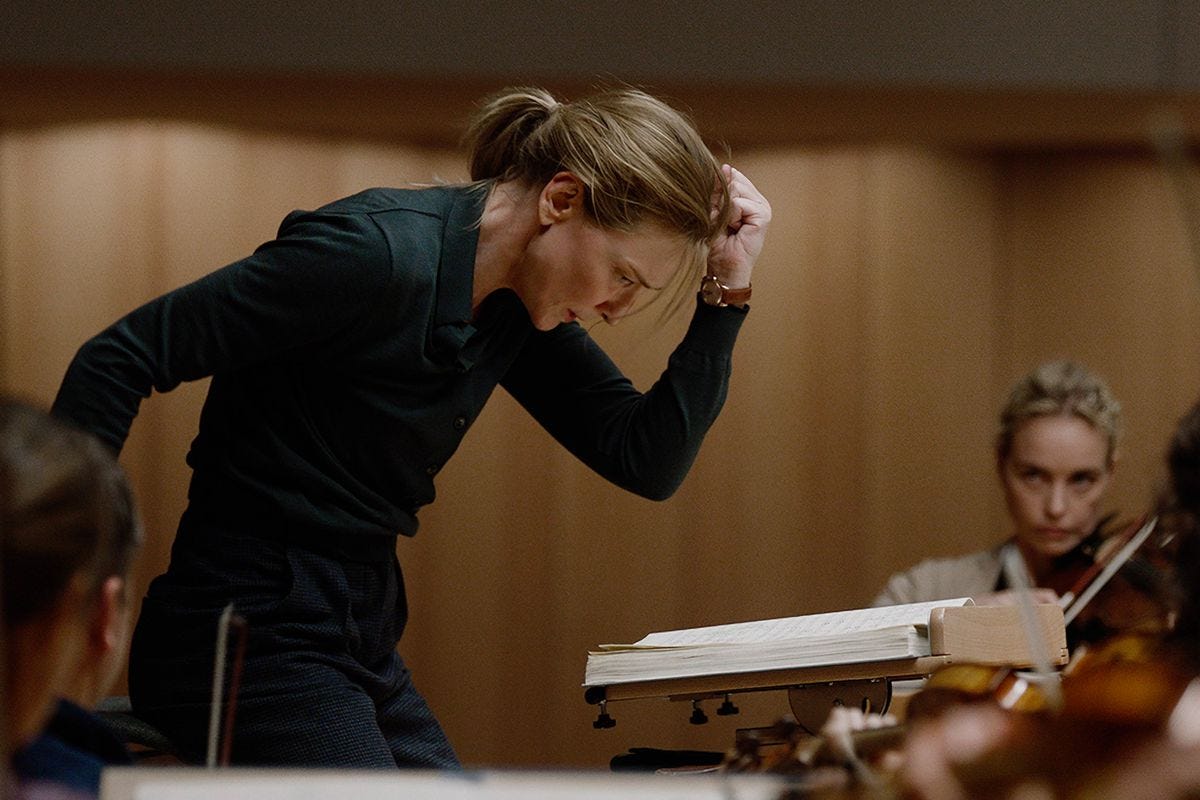
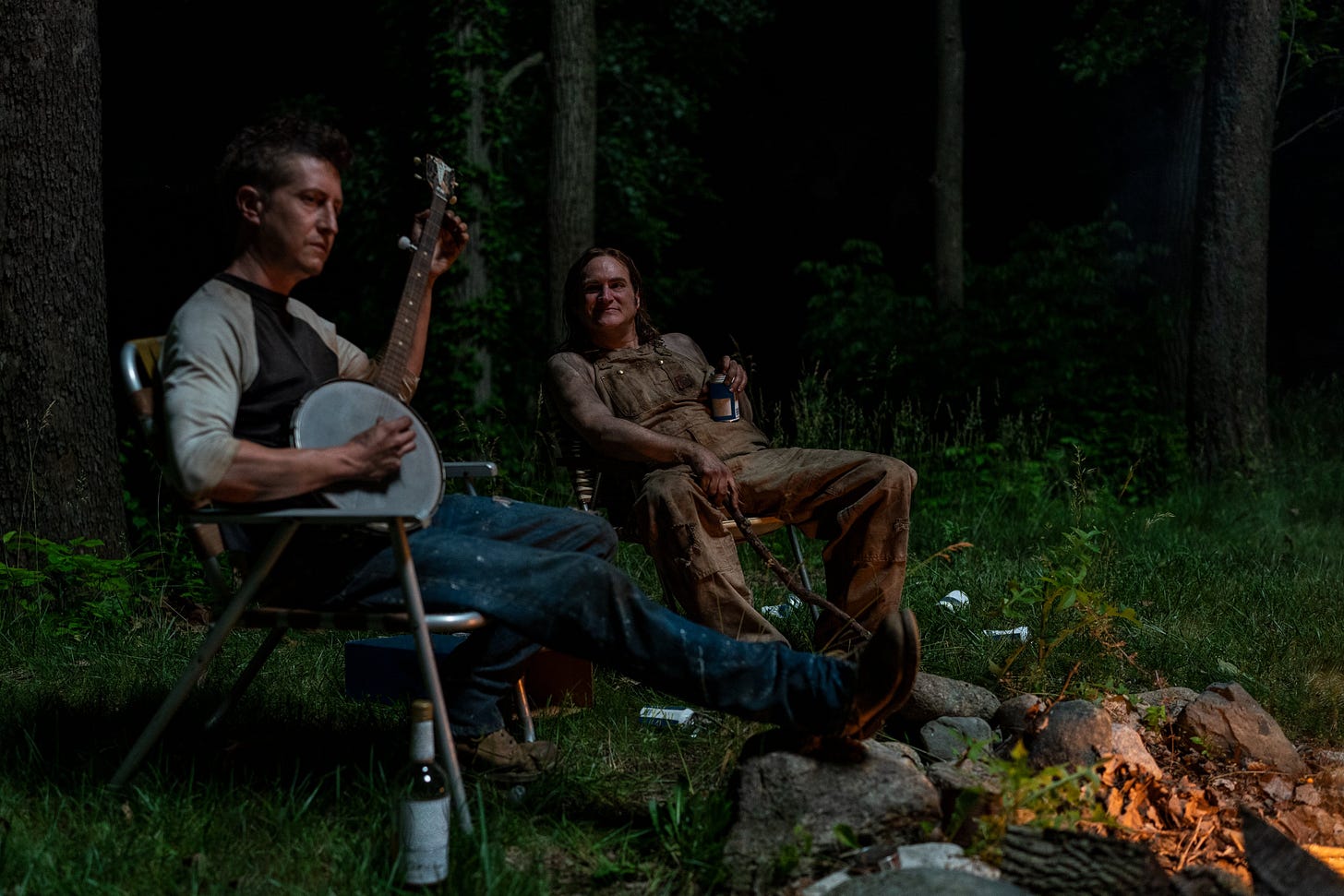
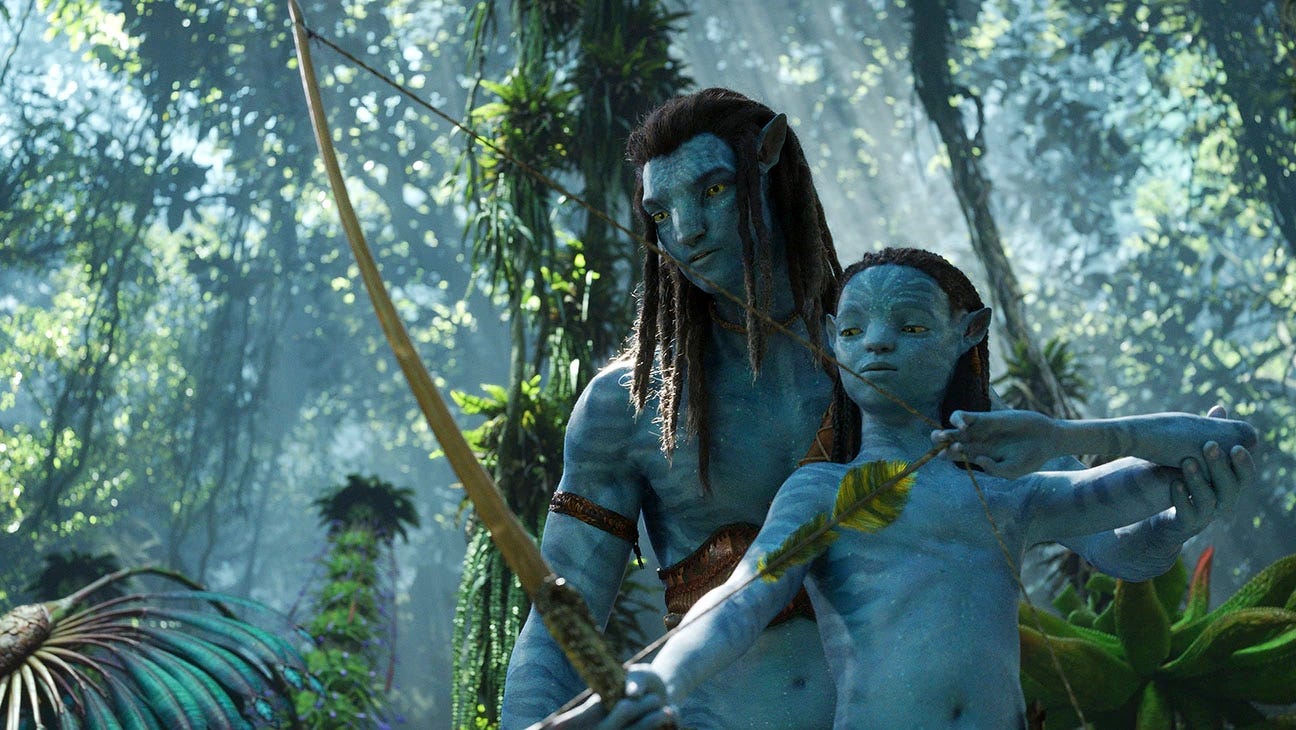
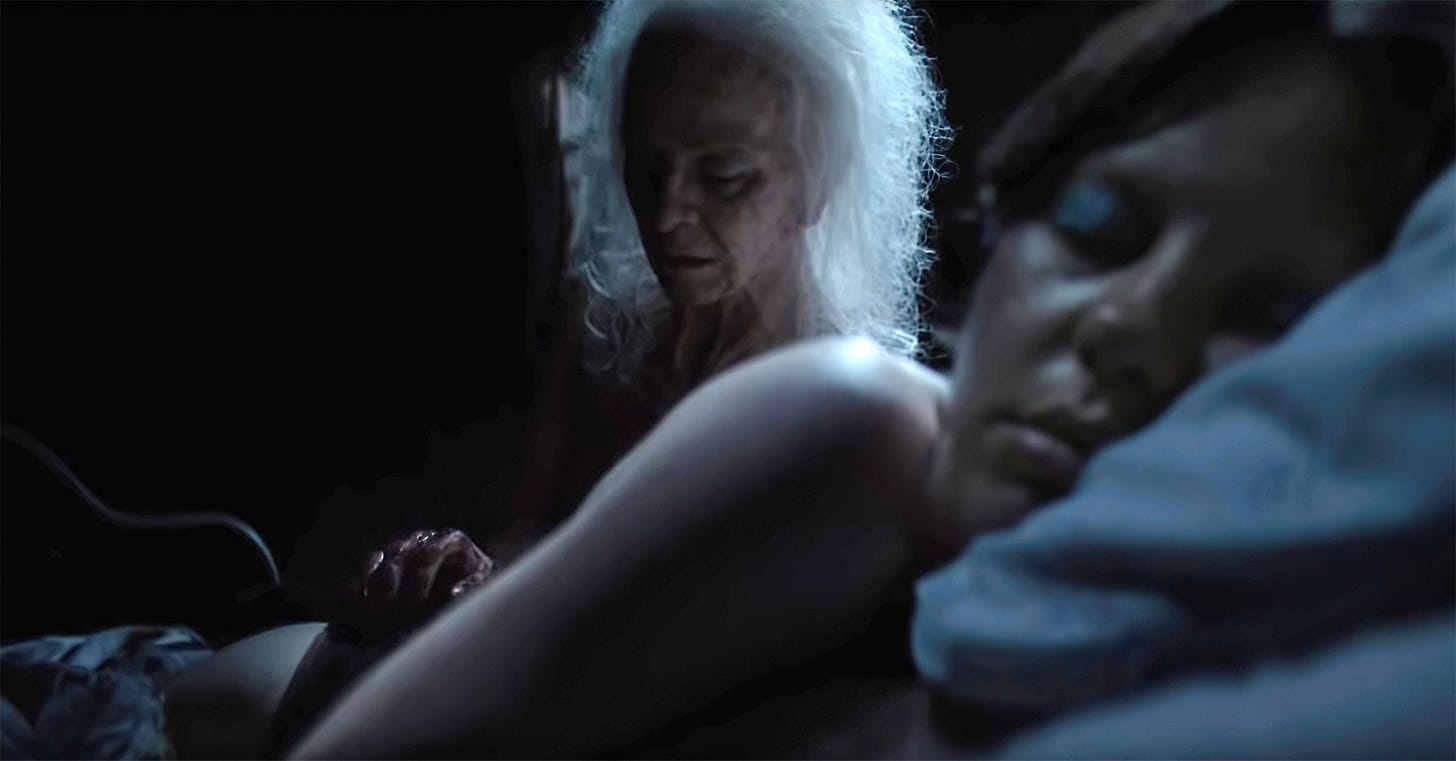
Because I'm an idiot, I saw every wide release in 2022 and the real problem I see is the studios taking whole months off from releasing any major titles. Between Bullet Train and Black Adam, there were no studio movies aimed at a wide audience. A couple horror titles like Barbarian and Smile and arthouse movies that should have platformed like 3,000 Years of Longing. When commercial movies like Glass Onion, Prey, and Turning Red are dumped on a streaming service during otherwise barren times like those at the box office, you're training general audiences to not even check their local listings.
I think people are missing something in the OH GOD THE BOX OFFICE DISASTER takes: we're in a particularly Heavens Gatey era right now, for some reason.
Why was Babylon given 100 million and then (apparently) does everything it can during the first reel to dare people to leave the theater?
Why is Spielberg making movies that recreate his childhood? I liked West Side Story a lot and I *loved* The Fabelmans but neither are broadly commercial compared to his past hits
Why is Nightmare Alley 150 minutes long and grotesquely gore-filled?
Why is Tar 160 minutes long as a character study?
Banshees of Inishirin is terrific but it's far less commercial than In Bruges and 3BB
These movies would be unlikely to be hits in ANY era.
Basically, we're living in a world where there are...
-big giant IP blockbusters which are succeeding
-directors being given blank checks for personal, esoteric, off-putting movies that are not connecting with audiences
-Middle of the road movies like Where the Crawdads Sing and Bullet Train that no one writes about.
Why is no one focusing on point 3? Crawdads made 80m on 24m. Black Phone and Violent Night did fine. But oh no, the 60-on-RT, punishingly long, divisive, nonsensical-trailer Babylon failed!! Well yeah, so did Heavens Gate.
We don't need more Tars to save theaters (and Tar will be in my Top 5). We need some Beverly Hills Cops